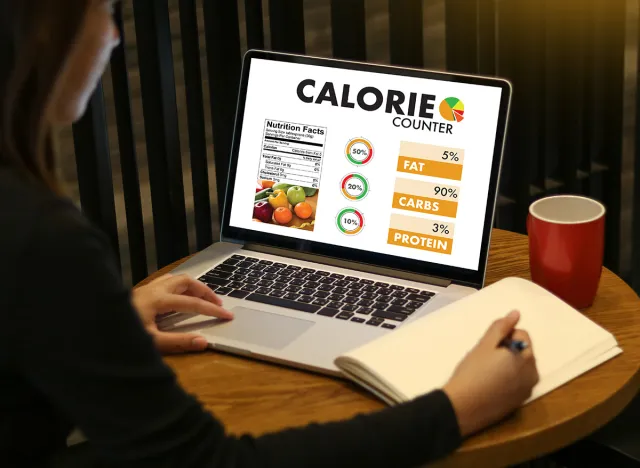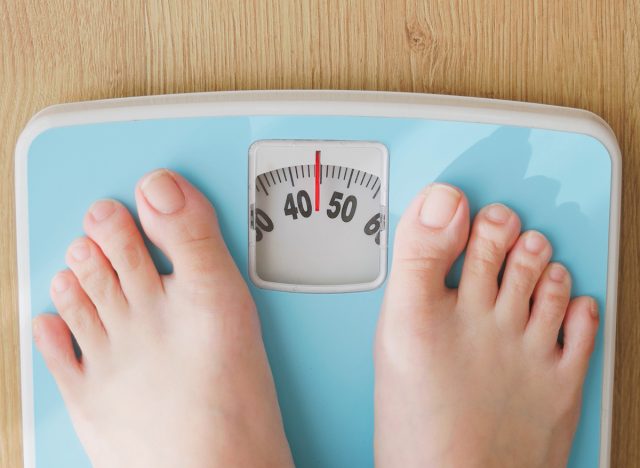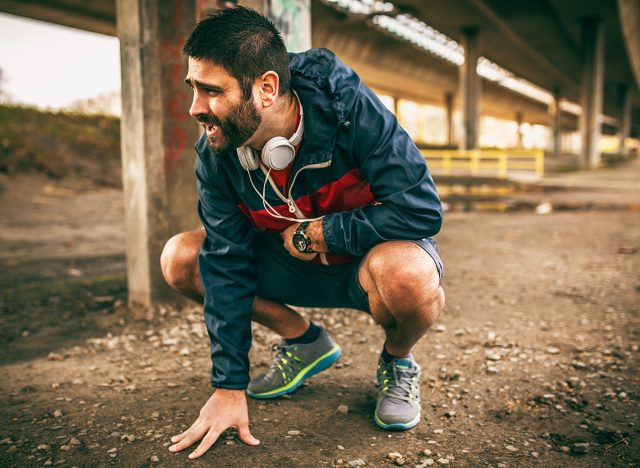10 Worst Weight Loss Mistakes Experts Say You Could Make

Are you trying to lose weight but aren't really getting anywhere? According to experts, you might be going about your weight loss journey the wrong way. In fact, even some of the top diet and fitness experts have made weight loss mistakes themselves. Body Network spoke to a few trainers and nutritionists and asked them about the biggest missteps they took on their fitness journeys.
1. Going Overboard with Calorie Counting

While it is good to keep tabs on your food consumption, Risa Sheppard, Master Pilates trainer, creator of The Sheppard Method, advises not to go overboard. "Counting every calorie of every piece of food," is one of the mistakes she made. "It became time consuming and frustrating."
Related: I Lost Belly Fat & 17 Pounds With These 6 Simple Hacks
2. Starving Your Body of Carbs

Mr. America Jason Kozma, a personal trainer in Los Angeles, reveals the biggest mistake he made while preparing for a bodybuilding competition. "I had gotten too heavy bulking up to add more muscle mass," he explains. He spent four months dieting for a spring show "and still didn't get in shape." After a short break he reset his goal to a fall show and dove headlong into his diet. "I was using an extremely low carb approach as I felt I had too much fat yet to burn. What I actually did was I starved my muscles of carbohydrates for so long that at the end my body couldn't assimilate carbohydrates and I couldn't 'pump u' for the show," he continues. "My body fat measured lower than ever for this show but I didn't look as good as I had a year and a half prior at a higher body fat level. The net result was that I lost muscle using this approach: I was actually smaller and lighter than I was before the 'bulk up.'" Note: He still won the show!
3. Doing Too Much Cardio

Diet and fitness expert Adita Yrizarry-Lang, ISCA, NASM, ACE, AFAA, reveals that one of the biggest mistakes she made was doing too much cardio. "When I first started in fitness, this was the prescription…do a lot of cardio. The reality is that you burn more calories when you have muscle on your body, combining weights with cardio is the right way to do it," she says.
4. Not Looking at Serving Size on Packages

Yrizarry-Lang claims that another mistake is only looking at calories on a package, and not the serving size. "We were mesmerized by the lo-cal labeling on a package," she says. "Unfortunately, we never looked at the serving size and then came to realize we were ingesting too many calories at a time."
5. Falling Victim to Low Fat, Highly Processed Foods

Just because something is low-fat doesn't make it healthy. Yrizarry-Lang says that some people consume "too many processed carbs, because they are low fat." While this might be okay for runners, going for 10 to 20 mile runs, "those carbs convert to fat," for most of us.
Related: Alexia Clark Flaunts Chiseled Midsection and Reveals 3 Ab Mistakes You Are Making
6. Daily Weigh-Ins

Weighing oneself every single day is another mistake, says Sheppard. "It can be discouraging," she explains. "Try to weigh yourself less and pay more attention to how your clothes are fitting. Remember muscle weighs more fat so if you are on an intense exercise regime the muscle you gain will trim in less but may not show on the scale."
7. Crash Diets

If a diet seems too good to be true, it probably is. "The all-time worst" mistake people make is going on crash diets. Why? You might "lose weight at the moment" but you will "gain it back with a few extra pounds," says Yrizarry-Lang. "This slows down the metabolism and makes it even harder to lose weight at a later date."
8. Focusing on Exercise for Weight Loss

One of the biggest mistakes people make is "thinking more exercise will cause them to lose weight," says Sheppard. "80 percent is dieting and 20 percent is exercise," she reminds.
9. Falling Victim to "Get Thin Fast" Scams

Sheppard strongly advises against any products or diet that claim to help with rapid weight loss. "Do not succumb to quick weight loss scams or dangerous pills. Remember Rome wasn't built in a day and neither is weight loss," she says.
Related: 15 Foods That Fight Fat
10. Comparing Yourself to Others

Remember that your fitness journey is your own and "comparing yourself to other people" will "only add to your stress and discouragement," says Sheppard. "We are all built differently with different bone structure and hereditary genes. Love who you are inside and it will reflect on your outside."
💪🔥Body Booster: Beware of low-fat, processed foods. Unless you run for 20 miles a day, you should probably pass on a highly processed energy bar – those carbs might convert to fat unless you are working them off.




